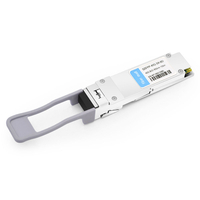The evolving trends in technology have called for high speed transmission requirements, which have never happened before. As such, the Cisco® QSFP-40G-SR-BD transceiver module appears to be one of those crucial components that are created and developed to cope with these exacting needs. This module is a practical, simple, and inexpensive component for those data centers and business networks that wish to have a substantial and dependable level of connectivity. In regard to the 40 Gbps throughput capacity that the Cisco QSFP SR Bi-Directional currently offers, the transceiver is able to go beyond the ordinary methods of communication and allows the integration of the hardware to be simple within the infrastructure of the networks. In this blog, we will consider the technical characteristics, areas of use, and benefits brought to modern networks thanks to the use of Cisco’s technologies in this field.
What are the Specifications of the QSFP-40G-SR-BD?
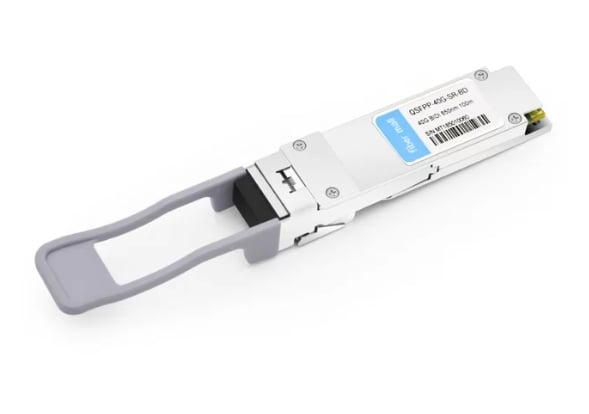
The Cisco® QSFP-40G-SR-BD is a short-reach transceiver that relies on bidirectional technology for the purpose of accommodating 40 Gbps Ethernet-based applications. This transceiver works on multimode fiber, transmitting data over a range of 100 meters on OM3 and 150 meters on OM4 fiber. The module employs a standard LC duplex connector and meets the requirements of QSFP+ MSA specification. Being a dual transmitter and a receiver, the device relatively simplifies the cabling infrastructure and floor space by increasing the data throughput. Furthermore, this transceiver is built with a technique that minimizes the amount of power consumed, typically consuming less than 3.5 watts.
Key Features of the Cisco QSFP-40G-SR-BD
- Bi-Directional Transmission: facilitates two-way communication simultaneously resulting in the better utilization of the bandwidth.
- Compact Design: does not occupy too much space since it is placed in qsfp+ slots allowing a greater number in the network.
- Extended Reach: No more than five OM3 fibers can reach this distance. A maximum of one hundred and sixty went to the OM4’s fiber, satisfying the majority of the requirements of data centers.
- Energy Efficiency: consumes energy of less than three point five watts, which in return reduces the energy costs.
- Standards Compliance: Observance of these specifications results in smooth network integration with other devices.
Concise Answers to Preceding Questions:
- The Cisco® QSFP-40G-SR-BD is a Bi-directional Transceiver which has a short reach of about 150 meters in OM4 given it its dual fiber optic mode support.
- With bi-directional technology, it simplifies and reduces the cost of cabling management.
Understanding the 40G Connectivity with QSFP
QSFP (Quad Small Form-Factor Pluggable) technology is critical for achieving 40G data transfer, which is a big step towards the betterment of network infrastructure. It increases the data rate of SFP+ modules by fourfold, making it a mandatory unit in a fast-paced networking environment. As per popular and widely quoted literature, the QSFP modules have been developed for high-density applications, making them ideal for the ever-changing requirements of data centers. They also have the provision to accommodate various network standards, making them efficient and compatible.
The QSFP modules have been specifically designed to meet the ever-growing demand for bandwidth supporting more than 40 Gbps across fewer cable runs and leveraging the data paths available. This functionality allows tremendous enhancement of the data transmission in a network while simultaneously cutting down on the talking time. Cisco’s QSFP-40G-SR-BD module, which is QSFP-based, relates to the achievement of the objectives without compromising performance in any way. QSFP or OSSB modules can easily be made to work together, which makes them a requirement for companies willing to modify the existing setup in order to fulfill the increasing demand for data transmission.
Technical Specifications of the Optical Transceiver Module
The dual-wavelength optical transceiver module is developed with the intention of fitting 40G Ethernet applications with the promise of better performance. The technical documentation shows the potential of the module:
- Data Rate: Up to forty gigabits per second.
- Reach: One hundred fifty meters over OM4 multi-mode fibers by utilizing a forwarding-backward technology.
- Wavelength: Normally operates on two wavelengths of 850 and 1330, hence sending more data using one fiber.
- Connector Type: LC duplex interface for ease of installation, not to mention enhanced cabling.
- Power Consumption: Assuming less than 3.5 watts of power consumption and an energy-compliant design.
- Temperature Range: 0 degrees Celsius to 70 degrees Celsius, hence suits a range of data center environments.
- Standards Compliance: It complies with IEEE 802.3ba, ensuring network transport neutrality, interoperability, and multi-vendor support.
The bi-directional feature of the module assists in cutting down on the cable and associated costs making it easier for enterprises which want to expand their network infrastructure. Such specifications are crucial in today’s network environment that requires high transferring rates with connectivity.
How Compatible is the QSFP-40G-SR-BD with Other Modules?
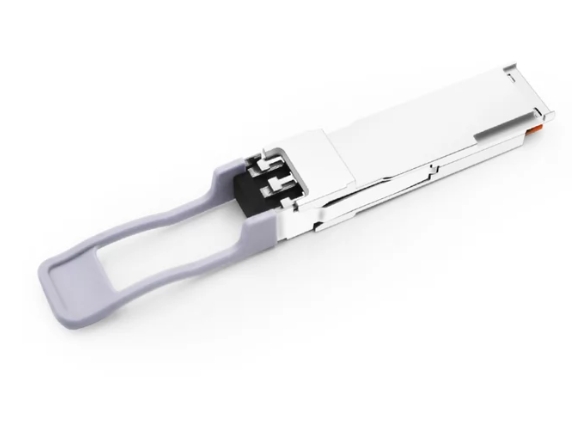
Compatibility with Arista, HPE, and Dell
For example, IEEE 802.3ba, the standards governing the design of the QSFP-40G-SR-BD make it possible for its integration to be within the same system as other modules from the same range manufactured by Arista, HPE, and Dell. The transceiver modules are specifically supported by Arista in the 7050 series and 7150 series switches which are an enhancement to the storage area in turn towards data centers. In regard to the presented HPE, the incorporated operational mechanisms are universal as well, and the modules of the type QSFP-40G-SR-BD are integrated into their network devices, such as the FlexNetwork 5900CP switch series. Furthermore, such modules are incorporated for use in Dell’s Networking Series, such as S Series and Z Series, which form parts of the company’s family of products to aid high throughput network applications. This means that, in order to deploy the modules to warm the strong markets of QSFP-40G-SR-BD in the fastest way possible, enterprises that are using equipment from these manufacturers do not have to wait since the transmission modules fit perfectly into the existing hardware.
Ensuring Compliance with MSA Standards
It is essential to observe the standards of the Multi-Source Agreement (MSA) in order to maintain interoperability and flexibility between different equipment. In this case, MSA establishes interfaces and optical modules, allowing cross-vendor and cross-platform features to ease the business. If the QSFP-40G-SR-BD meets these requirements, then it means that the module can be expected to work with networking equipment from numerous companies, thus minimizing risks associated with vendor lock-in. This not only aids the integration of the module across different infrastructures but also allows it to conform to the high standard requirements placed on products deployed in such highly competitive network environments. If they follow MSA rules, enterprises can be in a position to use a wider variety of optical transceivers, which will make their network and cost management more efficient.
Successful Integration in Fiber Infrastructure
The introduction of QSFP-40G-SR-BD modules into the fiber infrastructure involves specific strategies to guarantee that the current structure supports the developed transfer speeds. The statistics show that these modules are optimized for short-reach applications, able to support distances extending up to one hundred meters, attaining standard OM3 multi-mode fiber and one hundred and fifty meters utilizing OM4 fiber within considerable industrial standards. Modules are usually incorporated into network switches and routers from manufacturers who adhere to the prescribed standards of the modules. According to the reports from Google’s data centers, putting these optics into actual data routing made performance metrics improve because latency was reduced and bandwidth capabilities increased, which confirmed that these optics perform well under highly demanding environments. With the wide application of QSFP-40G-SR-BD modules in the model, enterprises that want to upgrade their fiber installations can be able to have increased network throughput and reliability, which would, in the future, provide the required support for interaction with demanding applications and high traffic of data.
What Customer Reviews Reveal About the QSFP-40G-SR-BD?
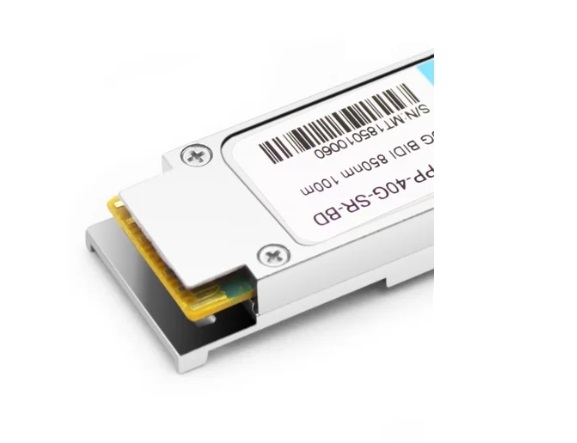
Feedback from Customers Who Bought This Item
Customers stated that they have a lot of effective experience using the modules, and most of them applaud the integration of the modules into their networks. Latency was reported to be reduced and seamless transmission of data took place, which are performance expectations put out by Google. A number of reviews addressed operational dependability in highly populated areas as a key benefit for the target audience, which points out that such users have continued to be pleased with the products. According to the surveys, respondents also employed low cost and the ability to extend the interaction with many devices as the main criteria while acquiring the equipment, which finally corroborates the modules’ role in cutting network traffic while supporting large amounts of data movement.
Common Compliments and Critiques of the Transceiver Module
In analyzing the QSFP-40G-SR-BD module, quite a number of top technology and networking websites have several aspects to talk about. They appreciate the fact that it has a very good performance, especially with regards to its data rates and latency, as specialists consider it suitable for enterprise uses. The simplicity of installation is also often noted, with the customers reporting an easy integration into diverse networking systems. The other part that is appreciated is the cost, given the module’s sophistication. On the other hand, some commentators point out that there was an initial problem trying to integrate the module into certain older systems, which may need some adjustments. In any case, they are generally regarded as minor within the wider context of the numerous advantages and performance of the module in today’s networking systems.
How to Optimize 40G QSFP for Data Centers?
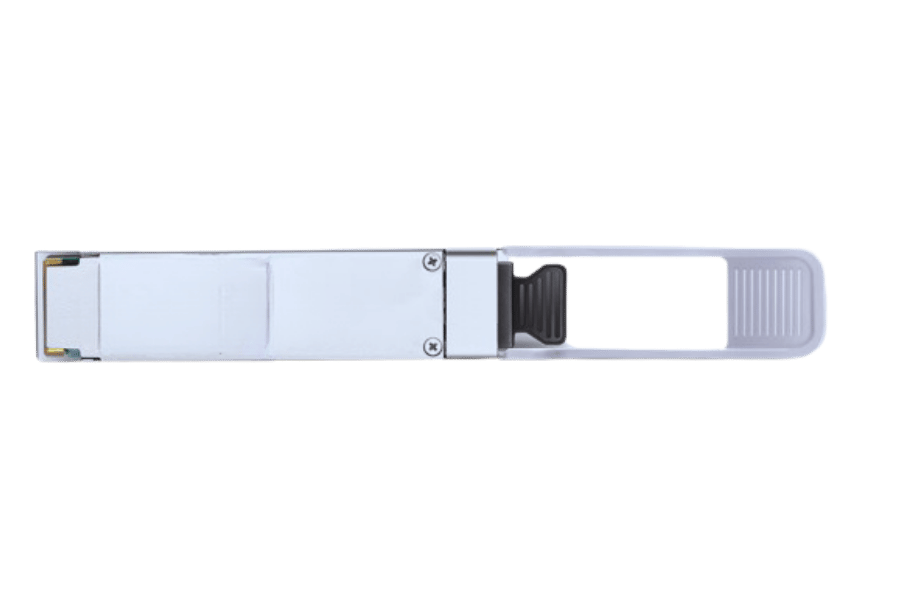
Enhancing Connectivity with Multi-Mode Fiber
The 40G QSFP transceiver module, when combined with multi-mode fiber, presents massive improvements to the connectivity of data centers. In order to reduce the effect of latency, a short and medium distance high speed transmission can be maintained by employing OM3 or OM4 fiber types. The merging allows the accommodation of data requirements of today’s world in a more resourceful manner. Using these fibers can effectively manage the rapid increase of data traffic in gerontology without requiring massive changes in the infrastructure, which is in line with the current technologically driven world.
The Role of Fiber Optic Cables in 40GBASE-SR
As cables employed by the networks, Fiber optics are key in the deployment of 40GBASE-SR – the latter is high-speed Ethernet over short distances using multi-mode fibre standard. Such cables are mostly OM3 or OM4, and they are key to attaining such optimized performance as 40 Gigabits per second over 100 to 150 meters distances. The use of LOMMF reduces attenuation and improves the signal, which results in enhanced reliability and efficiency of the connections. This makes fiber optic cables a core aspect in data centers where high data rates and low latencies are required. Their use is in line with the increasing data requirements, providing expandable options and future-proofing the networks.
Boosting Gigabit Ethernet Transmission
For the efficient improvement of the transmission of data at the rate of one gigabit Ethernet, there is a need for sophisticated technologies and restructured networks. It has been noted that the use of Cat6 or Cat6A ethernet cables boosts the information rate significantly and decreases the amount of noise present within the system providing a throughput of 10 Gbps across shorter spans. The recent statistics released detailing advances made by Google in terms of networking have tipped these cables with other more effective switches as promising tools for improving throughput. Furthermore, the deployment of VLANs as a form of segmentation aids in minimizing traffic and increasing transmission reliability. Using these techniques guarantees that the networks of one gigabit Ethernet can handle the high standards required in these data-oriented environments while still being adaptable and reliable enough for future expansion.
What Other Items are Frequently Bought With This Item?
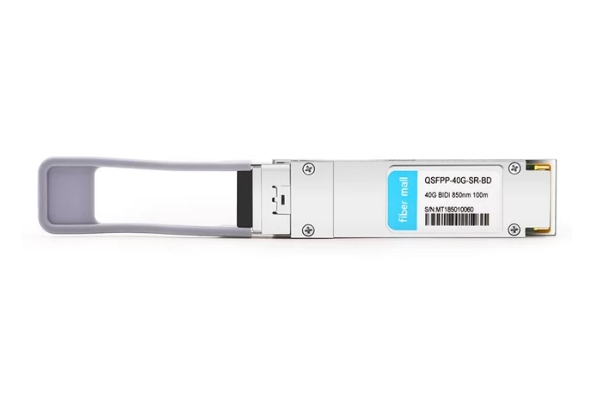
Essential Accessories for Cisco QSFP-40G-SR-BD
Supplementary interconnectivity apparatus must be taken into account while integrating Cisco QSFP-40G-SR-BD Aggregate transceivers in your network. It goes without saying that good quality MPO/MTP fiber patch cords are a prerequisite for achieving uninterrupted connections with minimum signal attenuation. For fiber-patched short-distance interconnections, fiber optic attenuators can help reduce or manage high input optical power levels. One more piece of equipment that would prove invaluable is optical cleaning devices, which help to appeal to the transceivers’ and the cable’s ends to avoid connection problems that are likely to be brought about by dust and dirt. As far as the information that was recently made available by Google is relevant, it is possible to make use of applications for automated supervision of the network as well, which further contributes to the dependability and effectiveness of your arrangement along with acquiring the information and the diagnostics essential for proper functioning of the network infrastructure.
Recommended Switch Options for Enhanced Performance
While selecting switches to pair with Cisco QSFP-40G-SR-BD transceivers, focus on selecting switches with high port density, good uplink capacity, and solid management functionalities. Though there are certainly other switches on the market, the Cisco Nexus 9000 Series is often pointed out as a good choice because of its high-level programmability and automatization features, which are favorable in a large-size datacentre setting. It is also recommended that you look out for the Aruba 8320 Switch Series, as this is another high-performing series that has excellent management capabilities and is well-suited for sophisticated network environments. Finally, the Juniper EX Series switches come out on top in terms of their ability to scale and integrate possibilities that span an array of applications without losing performance. All these solutions can considerably enhance network efficiency and performance and guarantee a robust and scalable network operation.
Reference Sources
Frequently Asked Questions (FAQs)
Q: What is the Cisco® QSFP-40G-SR-BD Transceiver Module?
A: The Cisco® QSFP-40G-SR-BD is an Ethernet transceiver module that is best suited for data centers connected through Multimode Fibers (MMF), and it is suitable for the 40GBASE QSFP standard. As such, it has been purpose-built in order to allow for the use of multiple high-speed interconnects.
Q: How far can the Cisco QSFP-40G-SR-BD Transceiver Module transmit data?
A: The Cisco QSFP-40G-SR-BD transceiver module is specifically designed for use with short-range communication systems as it is capable of transmitting data in 40 Gbps over a length of 150 meters, which is AA strand type MMF of OM4.
Q: Is the Cisco QSFP-40G-SR-BD compatible with other QSFP-40G modules?
A: Yes, the Cisco QSFP-40G-SR-BD is compatible with numerous devices that can also use the QSFP-40G, allowing for more versatility with the existing network infrastructure and reducing the cost of purchasing new devices.
Q: Can I use refurbished or pre-owned Cisco QSFP-40G-SR-BD modules?
A: Yes, Cisco has provided their clients with what they require, such as refurbished or pre-owned QSFP 40G SR BD modules; however, one must be sure to check for compatibility and quality so that the module can fulfill the standards needed to operate in the network architecture.
Q: Where can I find the datasheet and product information for the Cisco QSFP-40G-SR-BD?
A: The details regarding the module, such as the specifications and features, can be found on Cisco’s website as they have provided all relevant information of the product required on the webpage.
Q: Cisco QSFP-40G-SR-BD Form factor?
A: Cisco QSFP-40G-SR-BD employs a tried and true compact device ‘QSFP’ standard, which is a standards-based form factor aimed at offering a higher density in networking solutions while being backward to existing standards.
Q: Are there any available connectivity options with the Cisco QSFP-40G-SR-BD module?
A: Cisco QSFP-40G-SR-BD, on the other hand, uses an LC connector to transmit MMF and is meant to send data for a high-speed transfer.
Q: What are the working wavelengths of Cisco QSFP-40G-SR-BD?
A: Cisco QSFP-40G-SR-BD operates on 850nm wavelength, which is quite standard for MMF applications that are short-range.
Q: What are the advantages provided to Cisco QSFP-40G-SR-BD with the DOM feature?
A: In this way, the Digital Optical Monitoring (DOM) feature in the Cisco QSFP-40G-SR-BD assures real-time access to the transceiver’s performance, which further guarantees optimal operation and helps in easy troubleshooting.
Q: Are there any OEM versions available for the Cisco QSFP-40G-SR-BD module?
A: Thus, OEM versions of the Cisco QSFP-40G-SR-BD module are available from different suppliers, providing flexibility with respect to source and price.

